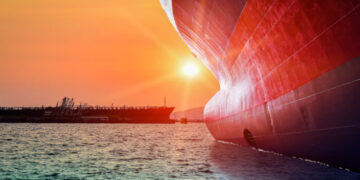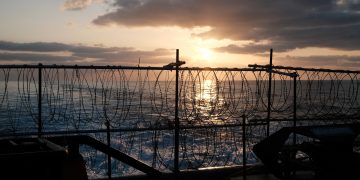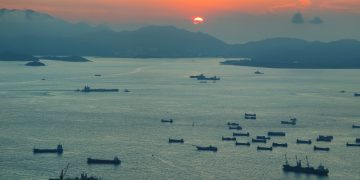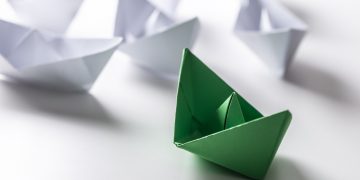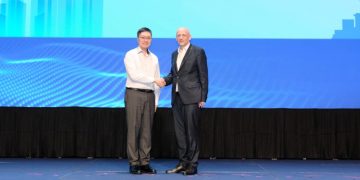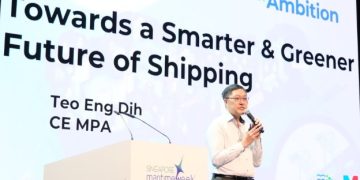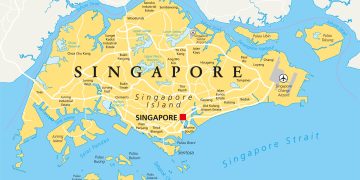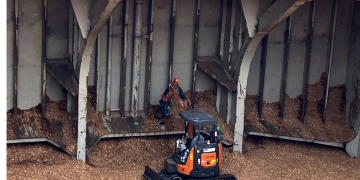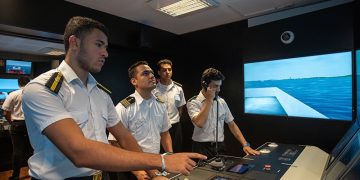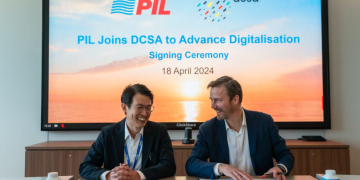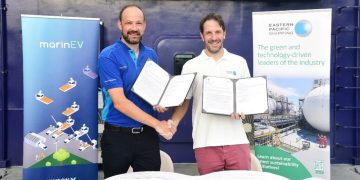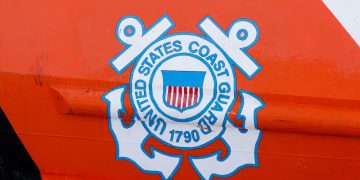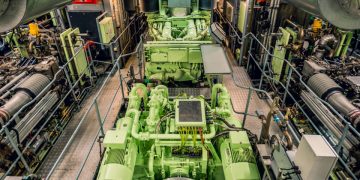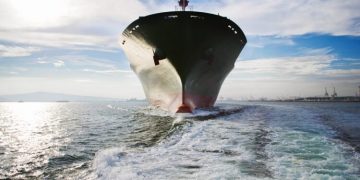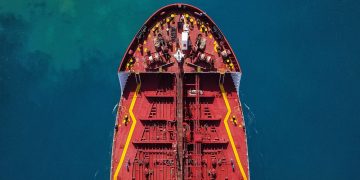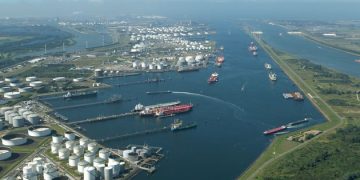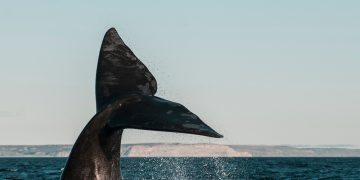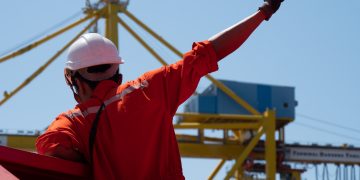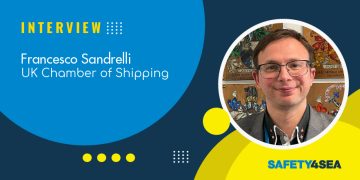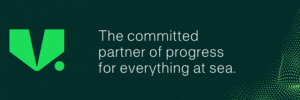Rotterdam port: pollution by ships is falling
In the port of Rotterdam, the number of ships which, via the Environmental Ship Index, have acquired a discount on their seaport dues has increased by 48% to 969 (of the 14,850), in the first half of the year. This means the level of pollution caused by ships is falling. Measurements taken by the DCMR Environmental Protection Agency in the Rijnmond region also demonstrate that the air quality in the region has been improving each year. Structurally, all concentrations of pollutants (such as nitrogen dioxide and particulate matter) are declining, with the exception of ozone. In the Rijnmond region, road traffic is the largest source of various high - but local - concentrations of pollutants. Since 1 January 2015, the SECA for the North Sea has been made more stringent. In this area, the maximum permissible sulphur content of the fuel used by ships is now 0.1%; previously it was 1%. The first measurements taken by DCMR indicate that this has resulted in there being about 20% less SO2 in the air in the western part of the region. Source and Image Credit: Port of RotterdamIn the start, I was frank with you propecia before and after has changed my ...
Read more



